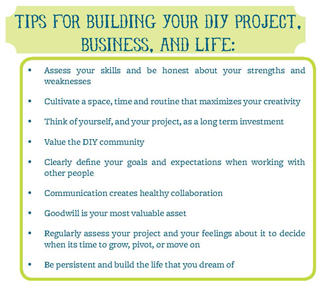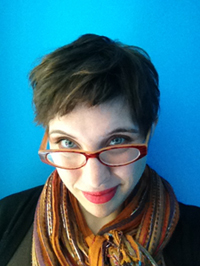Microcosm’s first paperback books came out back in 2002, and as I’ve been reading my way through them, I’ve been wondering—where are the authors now? I fired off a few emails with nosy questions, which were followed by a deafening silence… then at last, to my relief, Al Burian wrote back with thoughtful and generous answers. Thanks, Al.
1. Hi Al! What are you up to these days? Where in the world are you and what’s it like there today?
My last publication for Microcosm (Burn Collector #15) was about moving to Berlin, Germany, and in fact I’m still living there, even still living in the same apartment. But today I am not at home for a change; I am in Hamburg, a few hours away. I’m at a band practice in a basement room, filled with musical equipment, like so many similar rooms around the world: familiar, non-exotic territory. Outside, the day is a drizzling, oppressive dark grey. I imagine it is comparable to winter weather in Portland, OR. 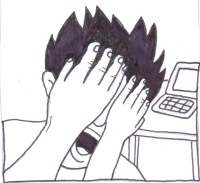
2. Your first book with us was a comic book in 2003 (!), Things Are Meaning Less. Your work now is pretty different in format and also in tone—what changed and why?
I don’t really feel that my work has changed so drastically, but perhaps readers see that differently. My early stuff was informed by a younger persons’ sensibilities, of course. In my twenties I had the typical know-it-all attitude that comes with a liberal arts degree and an obscure record collection. After I finished college I began touring with punk bands and produced a lot of zines; I enjoyed writing in an academic, pseudo-literary style, even as I described dumpster-diving, visits to Waffle House, and other low-brow everyday behavior. The contrast struck me as funny. Other people might have found the affect annoying.
Now that I’m older and have had a few of the important traumatic adult experiences, my horizons have broadened, and I feel like I hardly know anything at all. I’m slower to produce and much more self-critical. I find myself talking about how it’s not all so black and white, weighing both sides of the issue, displaying all the wishy-washy attitudes that used to annoy me about old people. I don’t feel so comfortable anymore with the “insert situation, make fun of everyone’s haircuts, end with a Nietzsche quotation” style of writing. Nonetheless, I would maintain that it is not me that has changed so much– I have actually remained pretty consistent– but rather the context within which I’m working, the milieu I’m in (not touring so much, and definitely not much in North America), the recontextualization of the meaning of analog creative forms in the digital era…. stuff like that.
3. What’s your plan for where you’re going with your work next? 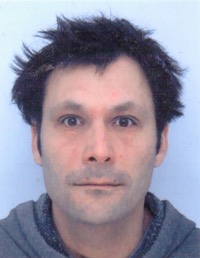
I don’t know. I’ve never had any kind of plan. My creative history is one long and uncoordinated flail forward. In theory I agree, having a plan is a good idea, and I even tried to formulate one when I moved to Germany, which was to quit doing music and focus on writing. Apparently to succeed and be fruitful, you need a solid focus and single-minded discipline; all the self-help books say so. But those have traditionally been my weak spots, and sure enough, now a few years later I’ve meandered off track completely. In 2015, maybe some new comics, most likely will put out some new music, and possibly but not very probably will finish up one of many long-term writing projects.
4. What books and music have you liked recently? Or maybe “like” is the wrong metric, so: what’s gotten stuck in your head?
Books: The Nostalgia Echo by Mickey Hess, Orlando by Virginia Woolf, The Loom of Ruin by Sam McPheeters, Susan Sontag: the Complete Rolling Stone Interview by Jonathan Cott
Comics: Anna Haifisch, Mike Taylor
Music: Mothers of Invention with Napoleon Murphy Brock, Disappears, Corrosion of Conformity self-titled album
5. What question should I really be asking you?
Anyone can ask me any question they want to– leave a “comment” at alburian.com. But as far as “should,” I’d say, hey, no pressure. Maybe you don’t have any more questions. That’s OK too.
This is one of a series of interviews with Microcosm authors. The next interview is with Anna Brones.
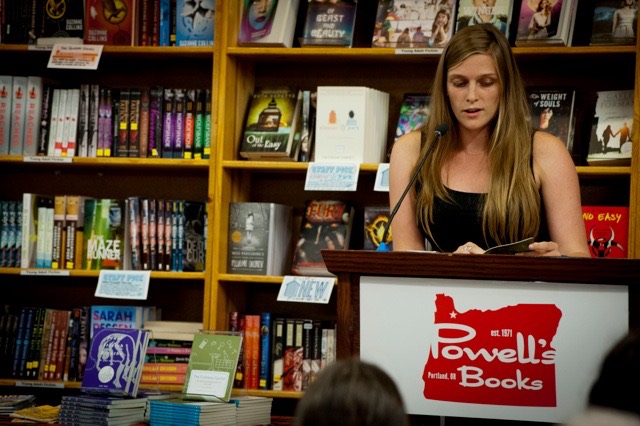 As I’ve been developing our Self-Promotion for Introverts blog series, one person keeps popping into my mind—our author Anna Brones, who I met years ago when I saw her give a presentation about effective social media use, in which she delivered some of the simplest and most useful advice I’ve heard. When I published her first book two years ago, I should have realized that she’d apply her formidable network and friendly powers of promotion to it, and despite not having any kind of outside distribution the book quickly burned through what at the time had seemed like a riskily large print run. I asked Anna to share some of her magic with you all, and she kindly obliged.
As I’ve been developing our Self-Promotion for Introverts blog series, one person keeps popping into my mind—our author Anna Brones, who I met years ago when I saw her give a presentation about effective social media use, in which she delivered some of the simplest and most useful advice I’ve heard. When I published her first book two years ago, I should have realized that she’d apply her formidable network and friendly powers of promotion to it, and despite not having any kind of outside distribution the book quickly burned through what at the time had seemed like a riskily large print run. I asked Anna to share some of her magic with you all, and she kindly obliged. 


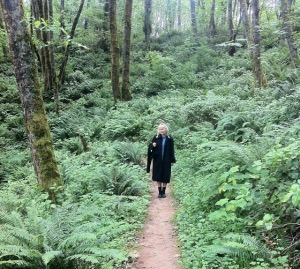
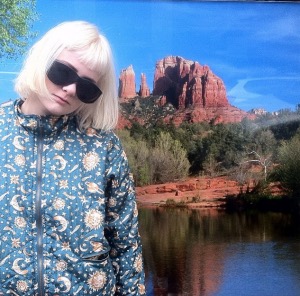
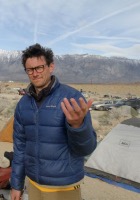 So, what do you do here at Microcosm?
So, what do you do here at Microcosm?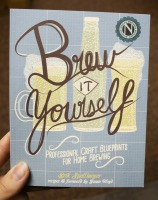 Not too long after I began being paid as a staff member, Joe asked me to take a look at a manuscript on home brewing. My experience in the brewing industry made me the ideal candidate, so I looked it over. The idea was to fit this title into our DIY series, and as I read on I realized so much was missing. I’d read home brew books before and worked in the industry, and as I compiled notes for the book, I took notice that they were growing beyond the size of the manuscript. Once I related this to Joe, he decided to scratch the original and have me write the book. I now had the chance to write the book I wished I’d had when I began home brewing. I never thought I’d publish a book on beer, but the more I wrote on, I realized the more I had to say on the subject. It was rewarding and fun to use the knowledge I’d accrued while working at Microcosm to guide me along, and in my opinion, it was all over too quickly.
Not too long after I began being paid as a staff member, Joe asked me to take a look at a manuscript on home brewing. My experience in the brewing industry made me the ideal candidate, so I looked it over. The idea was to fit this title into our DIY series, and as I read on I realized so much was missing. I’d read home brew books before and worked in the industry, and as I compiled notes for the book, I took notice that they were growing beyond the size of the manuscript. Once I related this to Joe, he decided to scratch the original and have me write the book. I now had the chance to write the book I wished I’d had when I began home brewing. I never thought I’d publish a book on beer, but the more I wrote on, I realized the more I had to say on the subject. It was rewarding and fun to use the knowledge I’d accrued while working at Microcosm to guide me along, and in my opinion, it was all over too quickly.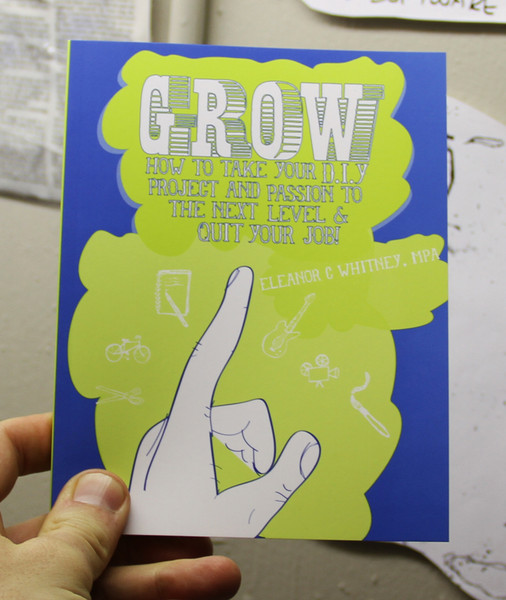 Grow: How to take your do it yourself project and passion to the next level and quit your job! is a practical field guide for creative people to achieve success and sustainability on their own terms. Part of Grow’s mission is to empower creative people to come up with innovative solutions to make their creative passions sustainable career options. The first step in that process is to assess where you are and define where you want to go. In the spirit of Grow I posed a series of questions to Meggyn Pomerleau, who designed the book, about her career and goals so far. The issues that Meggyn outlines in our conversation are the ones that inspired me to write Grow: How to balance your creative passion with “real life,” how to understand what you and your creative work is worth, and how to face down an uncertain future with a careful planning.
Grow: How to take your do it yourself project and passion to the next level and quit your job! is a practical field guide for creative people to achieve success and sustainability on their own terms. Part of Grow’s mission is to empower creative people to come up with innovative solutions to make their creative passions sustainable career options. The first step in that process is to assess where you are and define where you want to go. In the spirit of Grow I posed a series of questions to Meggyn Pomerleau, who designed the book, about her career and goals so far. The issues that Meggyn outlines in our conversation are the ones that inspired me to write Grow: How to balance your creative passion with “real life,” how to understand what you and your creative work is worth, and how to face down an uncertain future with a careful planning.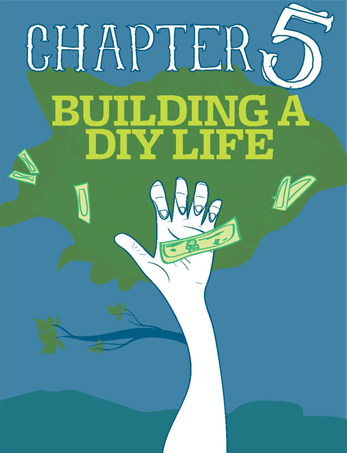 – My life is design, despite having the office job. I dream about typography; I pay attention to advertisements and details in logos, banners, and posters; and I’m constantly brainstorming pieces in my head. If I had to break it down in numbers: 40% of my life is the non-creative office job, 25% is actually creating, and 35% is everything else.
– My life is design, despite having the office job. I dream about typography; I pay attention to advertisements and details in logos, banners, and posters; and I’m constantly brainstorming pieces in my head. If I had to break it down in numbers: 40% of my life is the non-creative office job, 25% is actually creating, and 35% is everything else. 